| Hollywoodland | Jun 29 2024 |


We have a brand new tabloid to our website today—the colorful Off the Record Secrets, of which you see its June 1963 cover above. This was published by an outfit calling itself Magazette, Inc., which aimed for the high end of the tabloid market with bright fronts along the same lines as the big boys Confidential, Whisper, Hush Hush, et al. Like those, Off the Record Secrets covers miles of ground between its pages, spilling on everyone from Hugh Hefner and his Bunnies, to Frank Sinatra and his Pack, to Elsa Martinelli and her hubby Franco Mancinelli Scotti, to Kirk Douglas and his bad behavior.
Of the items on offer, we were struck by the photo of Annette Stroyberg stuffing her face. We always thought trying to catch celebrities eating in embarrassing fashion started with the internet gossip sites, but apparently we were wrong. In any case you can see why the best restaurants have private dining rooms. Stroyberg must have been furious. Also of note, you Cary Grant fans get see him in a towel at age sixty-one. He's holding together nicely, though there seems to be some stomach sucking going on. Still, nothing to be ashamed of. He's got ninety-five percent of men his age beat.
The earliest issue we've seen of Off the Record Secrets is from January 1962. By the early 1960s the tabloid market was crowded, therefore owing at least partly to a logjam on newsstands, this magazine lasted only into 1964 before folding its tent. Because of its scarcity issues sometimes go for hefty prices. We got ours for $19.00. But we've seen them auctioning for $75.00. The high pricing means we may not buy another example for a while, but we'll get it done. In the meantime, get acquainted with Off the Record Secrets. We have multiple rare images for you below.






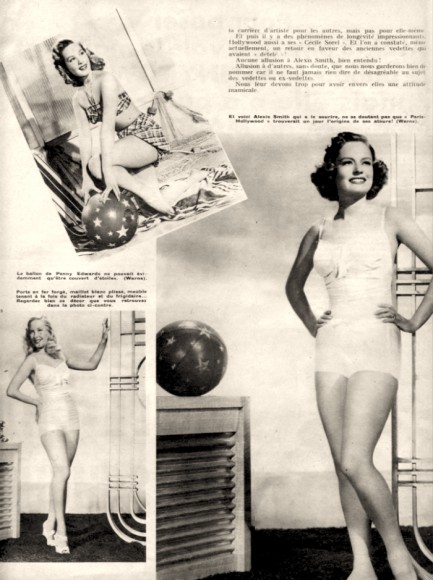





















| Hollywoodland | Jul 17 2021 |

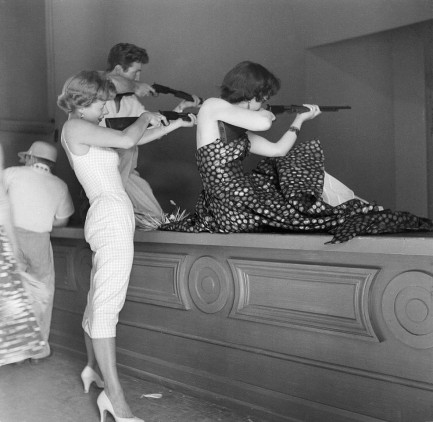
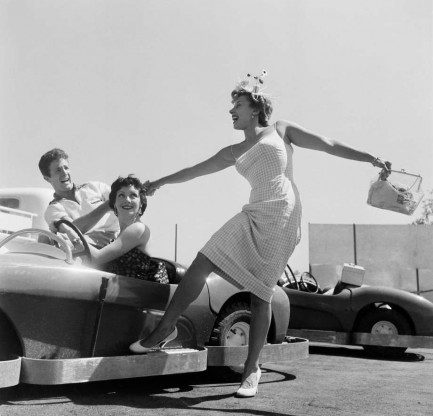
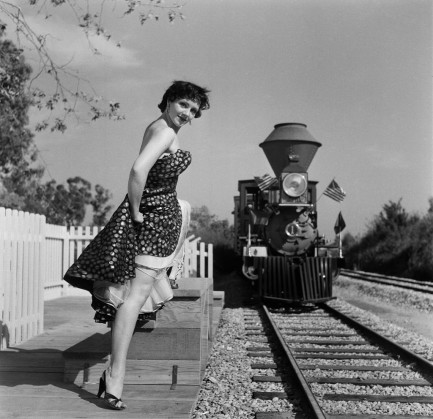
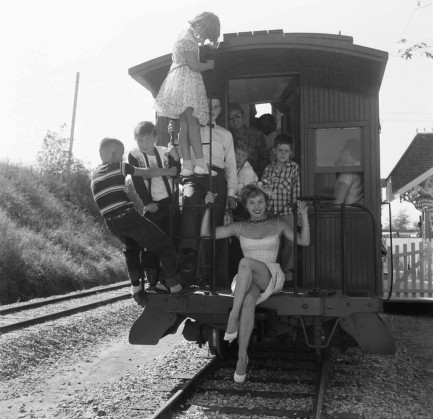
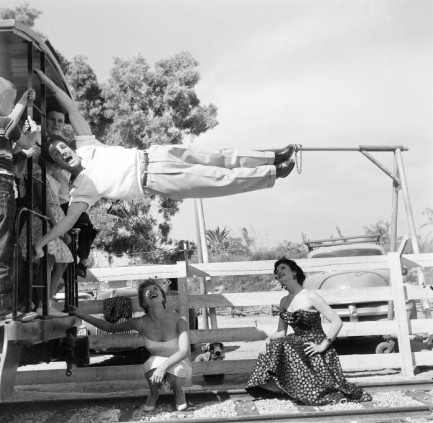
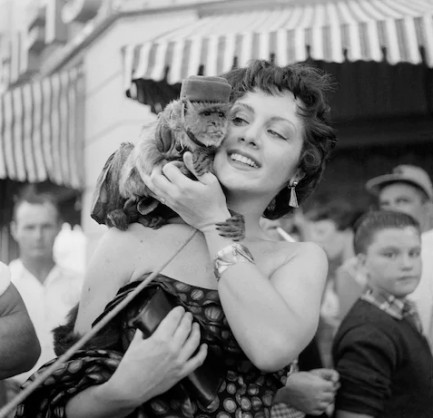
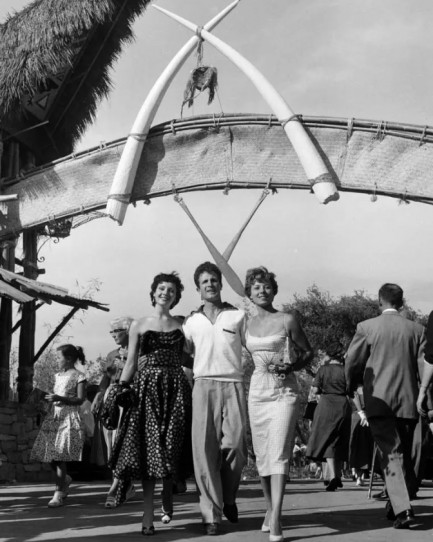
| Vintage Pulp | Jun 8 2018 |

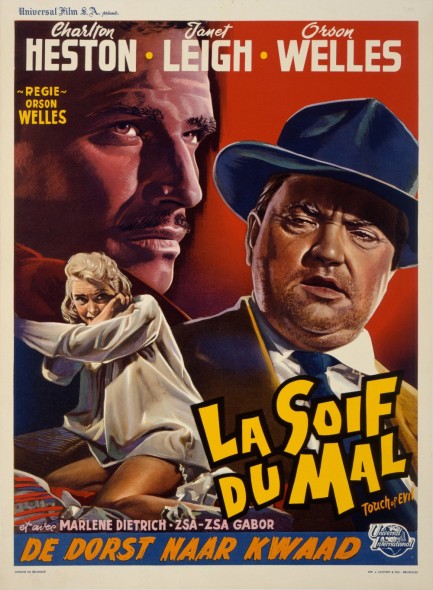
So about the film. We've hinted at this, but now we'll come out and say it: It isn't as good as many claim. Award winner, yes, but one that hasn't aged well. Visual masterpiece with numerous breathtaking shots, certainly, but one in which the script (written by Welles) lacks narrative logic. We could choose a dozen examples of this problem, but we'll give you just one. Early in the film Janet Leigh, who's married to a cop and thus shouldn't be naive, allows herself to be led down dark streets by an unknown male at four o'clock in the morning. And she does this in a Mexican border town Charlton Heston describes as “bringing out the worst in people,” which we can assume to mean “not safe.” Leigh traipsing off into the unknown with an obviously dodgy character is absurd. The movie lost our girlfriends at that point. "Oh, come on!" was the general sentiment.
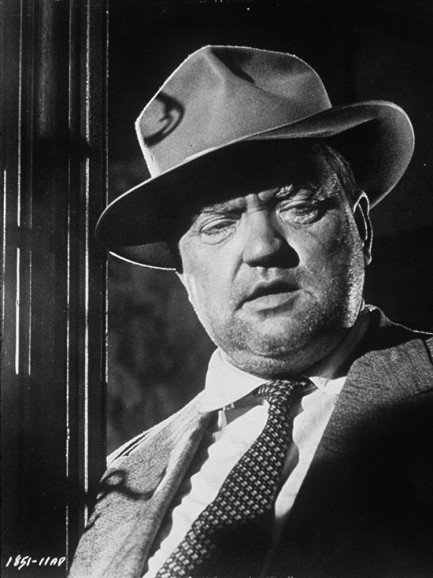
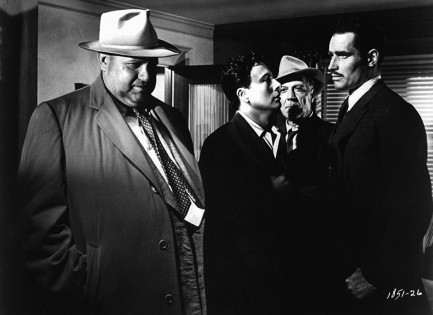
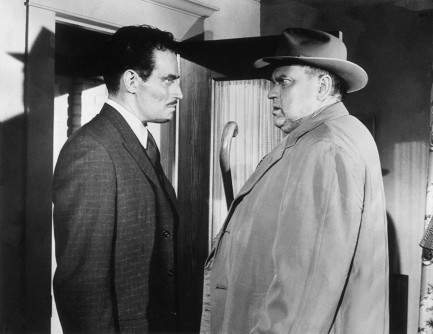
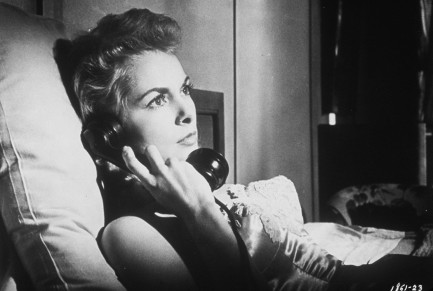
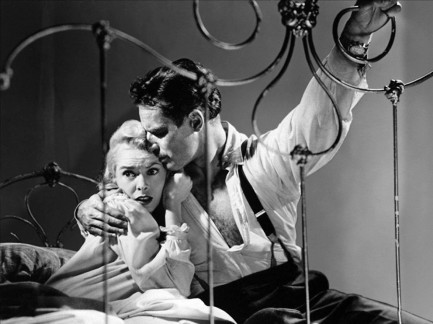
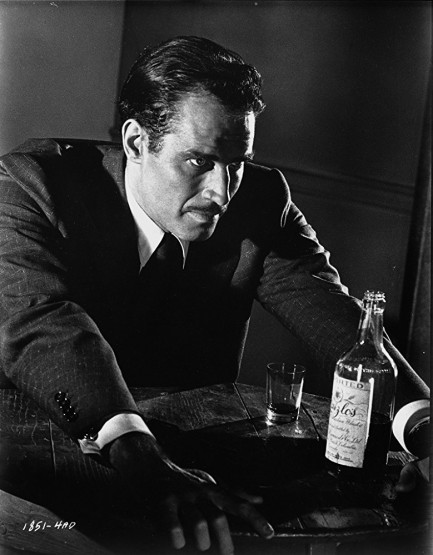
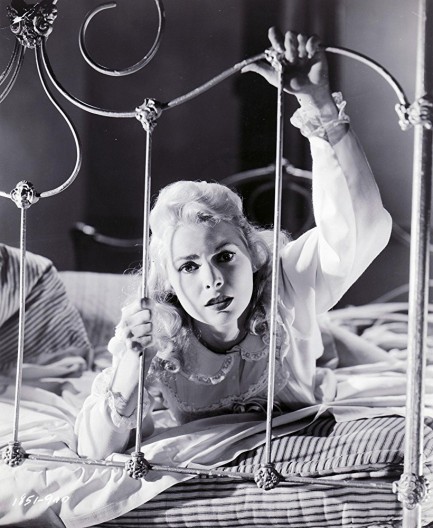
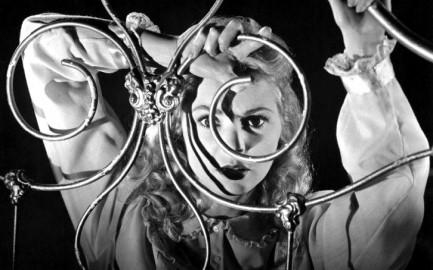
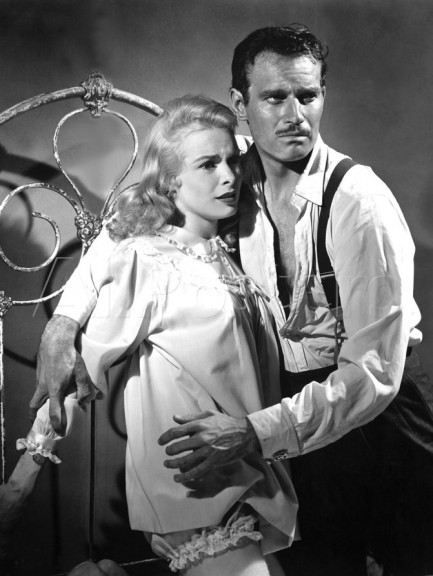
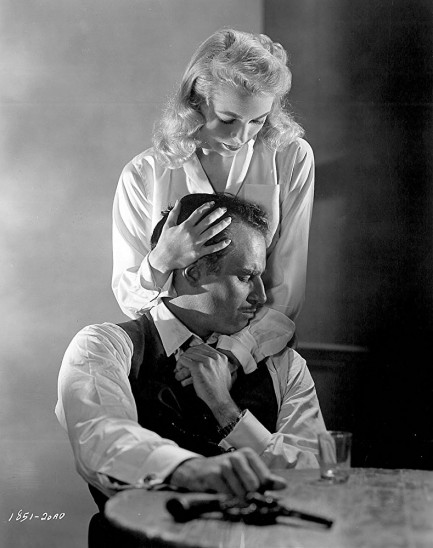
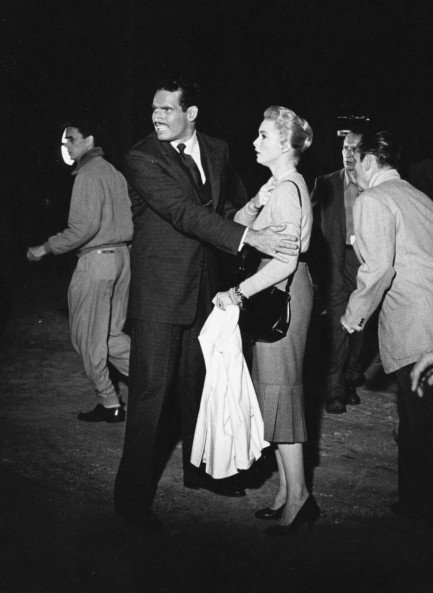
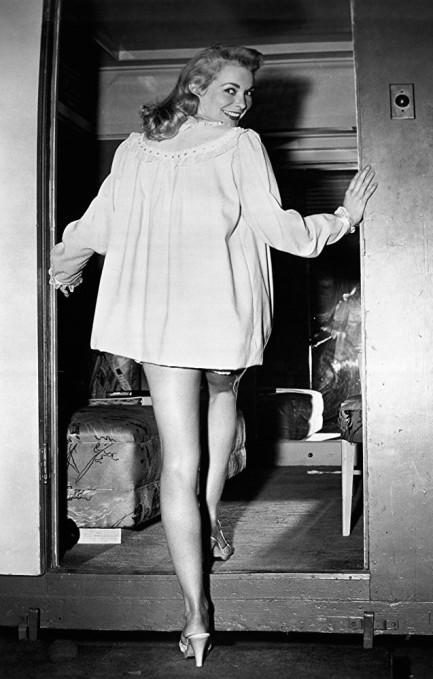
| Hollywoodland | Mar 31 2017 |

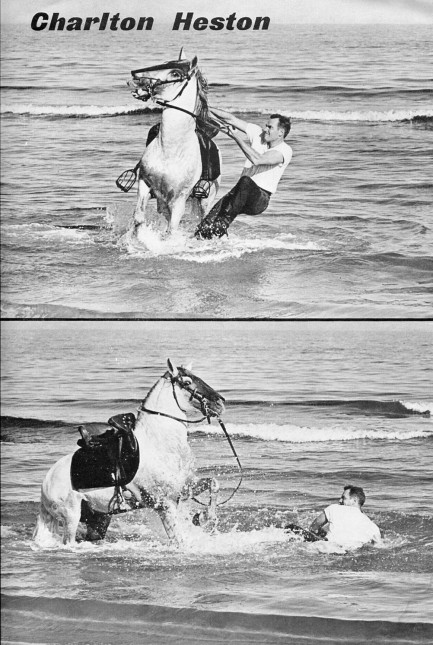
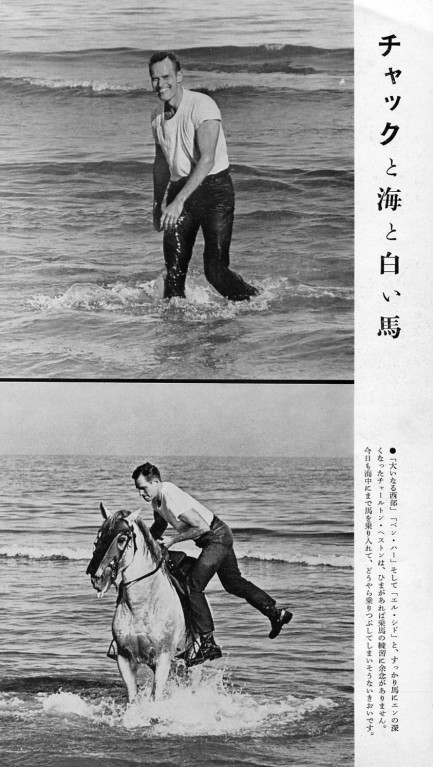
Charlton Heston attempts to mount a recalcitrant horse for a promotional photo shoot, and ends up in the surf. But he takes it in good humor. The text talks about his affinity for roles on horseback, such as in Ben Hur and El Cid. The shots appeared in the Japanese film magazine Roadshow, and were made around 1965.
| Musiquarium | Aug 18 2013 |

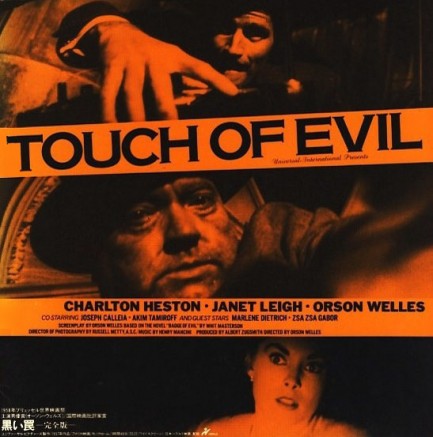
Above, a Japanese soundtrack sleeve for Orson Welles’ lauded 1958 post-noir thriller Touch of Evil, with music from Henry Mancini. Top marks for the beautiful design on this.
| Intl. Notebook | May 7 2013 |

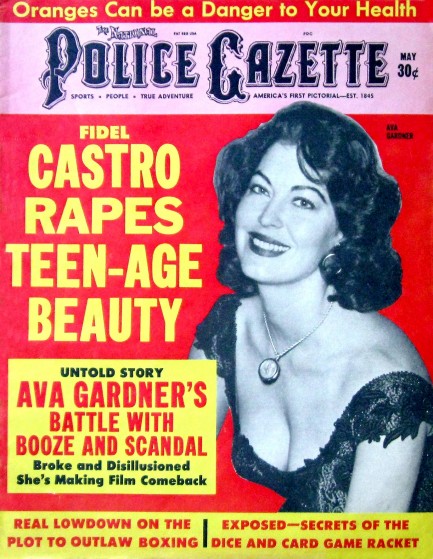
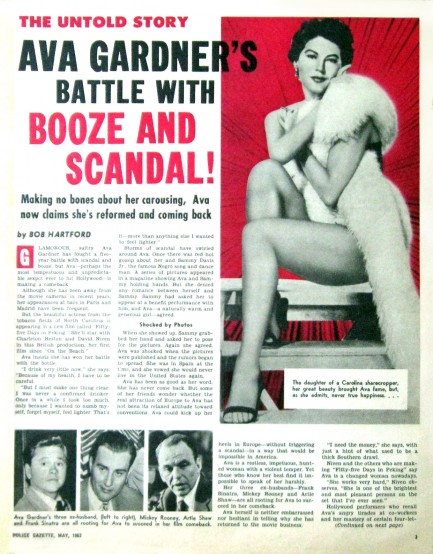
Above are a couple of scans from an issue of The National Police Gazette published this month in 1963 with cover star Ava Gardner. Gardner had been living in Spain and hadn’t been in a movie in three years, but was about to appear in the historical war drama 55 Days at Peking with Charlton Heston and David Niven. The Gazette discusses how she’d gotten fed up with the U.S.—particularly the American press. She had been particularly annoyed by the rumor that she was involved with Sammy Davis, Jr., a story that took flight after several magazines published photos of the two holding hands. When asked why she was returning to Hollywood after being out of circulation for so long, Gardner, in typically blunt fashion, replied, “I need the money.”
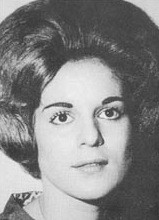 All Castro needs at that point is a Lacoste sweater and a fraternity paddle and his transformation into pure evil would be complete. But as fanciful as the story seems, Lisa really did exist. Her real name was Marita Lorenz and she was Castro’s live-in mistress for several months in 1959. While Lorenz herself never suggested she was ever raped by Castro, the two did have a falling out around the issue of her unplanned pregnancy, which was terminated in its sixth month. Lorenz later said the abortion was forced on her while she was drugged; Castro’s associates claim that she wanted it. Lorenz went on to join anti-Castro activists in the U.S., and on a fundraising visit with the deposed Venezuelan dictator Marcos Pérez Jiménez, became involved with him. She was still traveling to and from Cuba, and was recruited by the CIA for a Castro assassination attempt. But instead of poisoning his food, like she’d been instructed, she abandoned the plot, supposedly because she still felt strongly for him. Lorenz later wrote about all this in two autobiographies.
All Castro needs at that point is a Lacoste sweater and a fraternity paddle and his transformation into pure evil would be complete. But as fanciful as the story seems, Lisa really did exist. Her real name was Marita Lorenz and she was Castro’s live-in mistress for several months in 1959. While Lorenz herself never suggested she was ever raped by Castro, the two did have a falling out around the issue of her unplanned pregnancy, which was terminated in its sixth month. Lorenz later said the abortion was forced on her while she was drugged; Castro’s associates claim that she wanted it. Lorenz went on to join anti-Castro activists in the U.S., and on a fundraising visit with the deposed Venezuelan dictator Marcos Pérez Jiménez, became involved with him. She was still traveling to and from Cuba, and was recruited by the CIA for a Castro assassination attempt. But instead of poisoning his food, like she’d been instructed, she abandoned the plot, supposedly because she still felt strongly for him. Lorenz later wrote about all this in two autobiographies.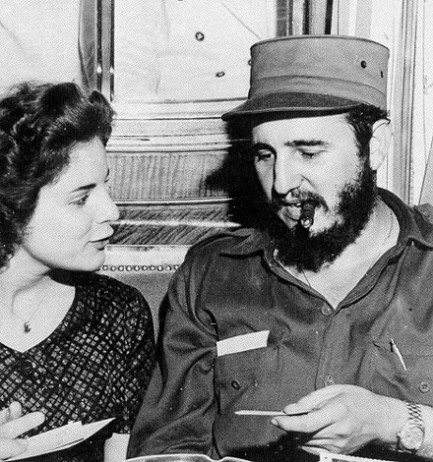 raise a red flag with American congressmen, though these things have no bearing on whether she was telling the truth. It’s interesting though, isn’t it? You’d think that if a single man of his own accord assassinated another man the surrounding circumstances wouldn’t be so… labyrinthine. Yet lurking near the supposed black swan event of the Kennedy killing were double-agents like Lorenz, spooks like E. Howard Hunt, underworld figures like Eladio Ceferino del Valle and others. Just saying. In any case, we’ll have more from the Police Gazette and more on Fidel Castro soon.
raise a red flag with American congressmen, though these things have no bearing on whether she was telling the truth. It’s interesting though, isn’t it? You’d think that if a single man of his own accord assassinated another man the surrounding circumstances wouldn’t be so… labyrinthine. Yet lurking near the supposed black swan event of the Kennedy killing were double-agents like Lorenz, spooks like E. Howard Hunt, underworld figures like Eladio Ceferino del Valle and others. Just saying. In any case, we’ll have more from the Police Gazette and more on Fidel Castro soon.| Vintage Pulp | Apr 3 2011 |

A long while back we showed you the French and German posters for the post-apocalyptic sci-fi classic Planet of the Apes. The U.S. posters are actually just as nice, if completely different. Four examples appear below. Planet of the Apes opened in the U.S. today in 1968.




| Vintage Pulp | Jan 22 2011 |

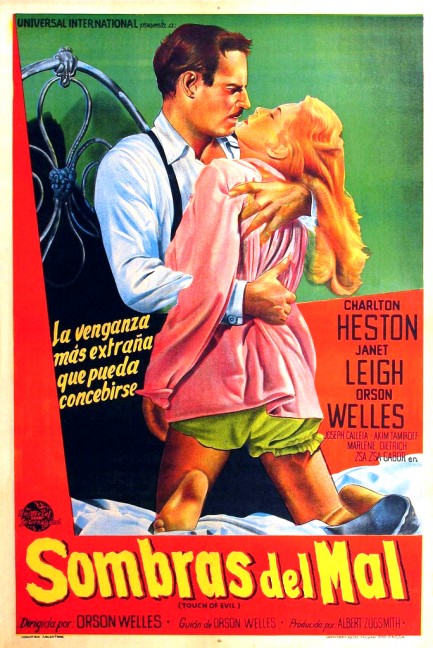
Above, a Spanish-language poster for Orson Welles’ classic noir Sombras del Mal, which would translate to “Shadows of Evil”, instead of what the film was really named—Touch of Evil. Welles’ later-period noir is considered by many critics to be a masterpiece, as well as the last true noir ever made. We may talk about the film more a bit later. It premiered in Spain today in 1962.
| Vintage Pulp | Nov 12 2009 |

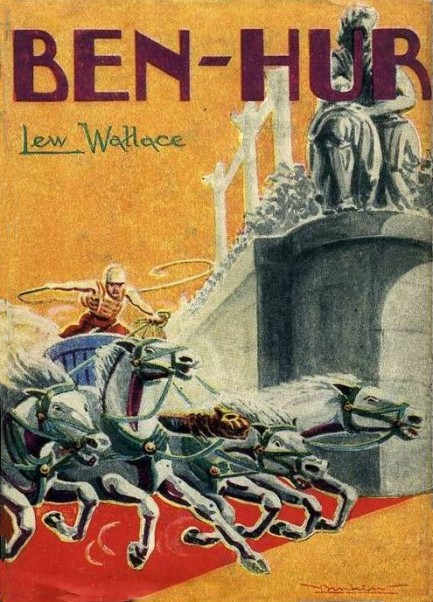
Cover art for a French edition of Ben-Hur, circa 1930s. The book was written by Lew Wallace, who, among other things, was an army general on the Union side in the U.S. Civil War. His Biblical epic played a profound role in causing religious leaders of the time to finally reverse their longstanding condemnation of novels as tools of evil. Ben-Hur has since been adapted into a motion picture four times, most definitively in 1959 with Charlton Heston in the lead. The English version of Ben-Hur was first published today in 1880.
| Vintage Pulp | Oct 14 2009 |

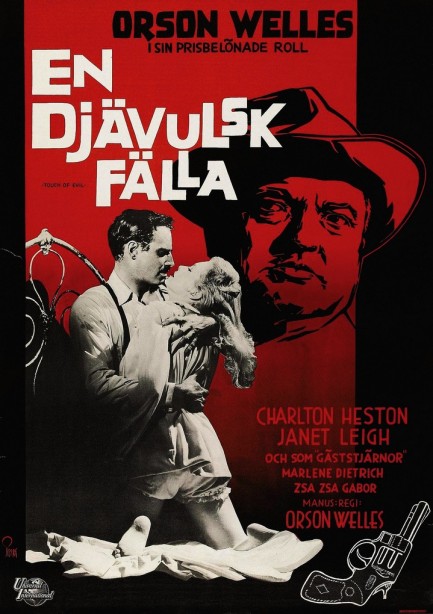
The casting of Charlton Heston as Ramón Miguel Vargas has been thoroughly discussed pretty much everywhere, and those criticisms are understandable. Certainly, an actor such as, say, Ricardo Montalbán would have shone where Heston merely sufficed, but 1958 audiences would have disliked lily white Janet Leigh being hooked up with an actual Latino actor. People overlook that when they criticize Heston's casting. Welles made a racial statement by swapping the ethnicities of the central couple from Whit Masterson's source novel, in which the cop was white and his wife was Mexican. That's as far as he was willing to go. Cinema mirrors the age in which it was produced. It’s okay to use our modern world as a prism through which to examine the circumstances around an old film, but it’s best do so respectfully, because somewhere in the future people with their own prisms will be looking upon our age, and it won’t look so good to them. Touch of Evil played in Sweden for the first time today in 1958.





































































